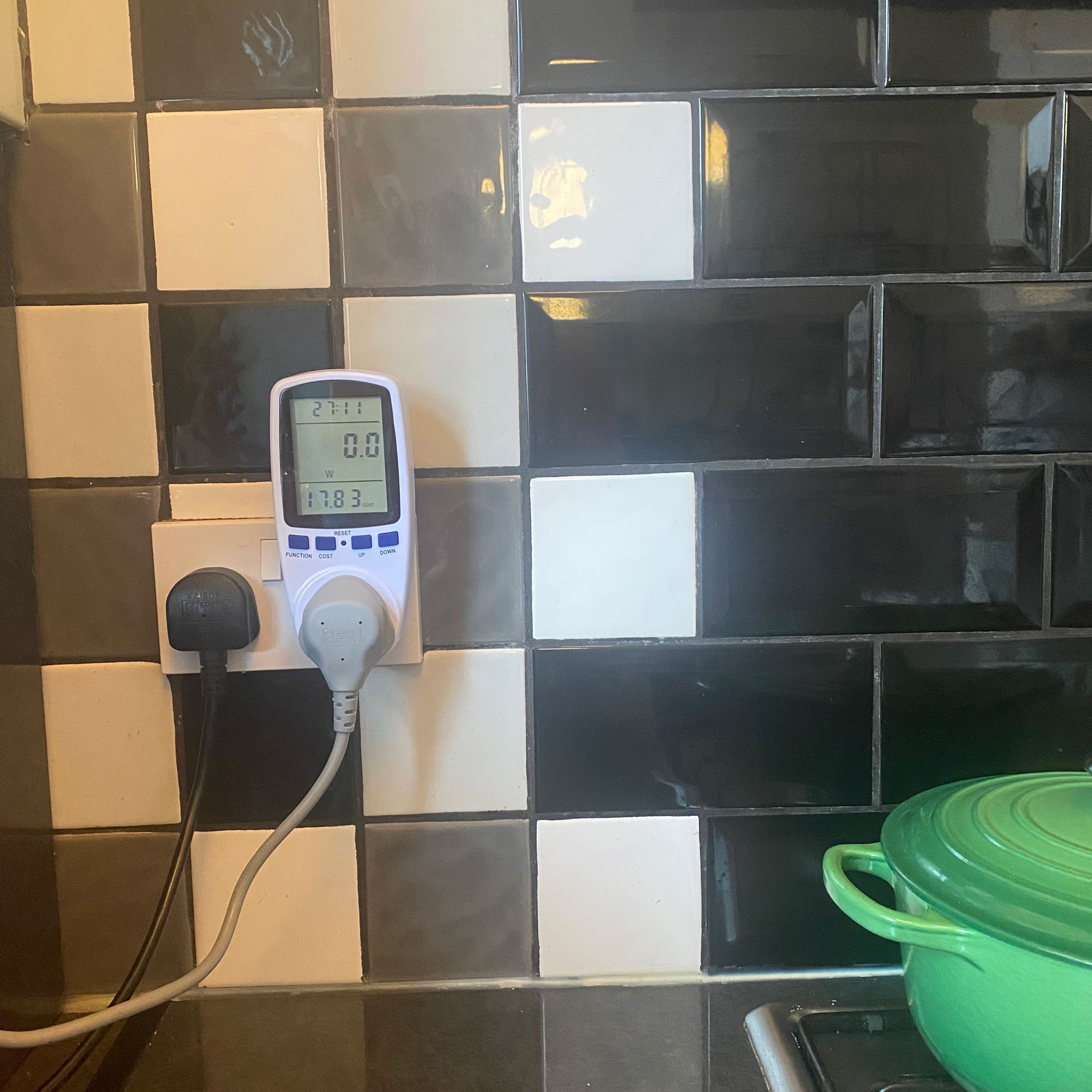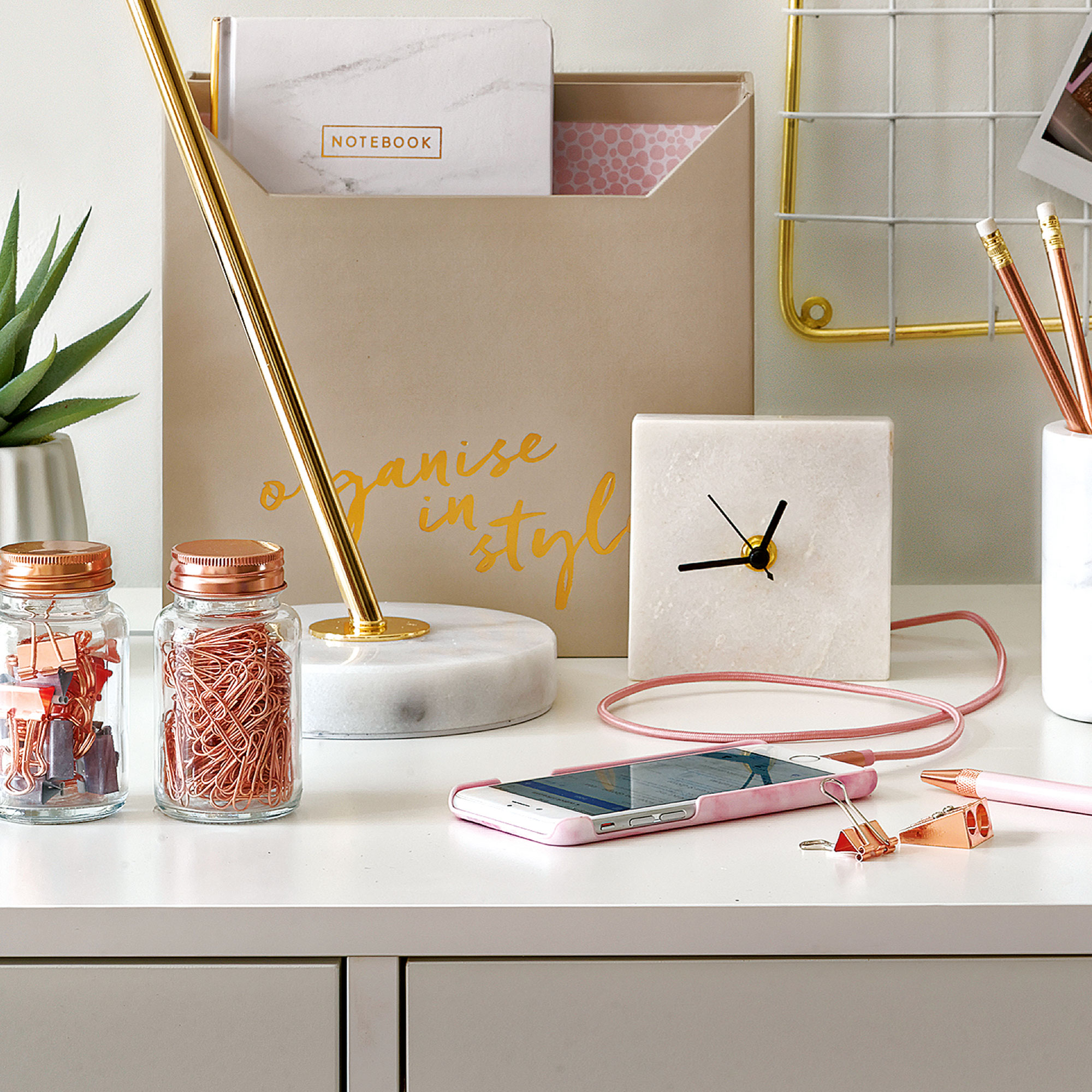I tried an energy monitoring plug for a week and was surprised how much energy this appliance was guzzling
Here's what used the most and the least electricity, from the kettle and toaster to the airfryer and electric blanket


With the energy price cap hike kicking in this month, we're keeping an eye out for clever ways to keep our bills down. The Ideal Home team has tried out an energy monitoring plug to find out what uses the most energy at home, and we were surprised to find how much boiling the kettle is really costing.
An energy monitoring plug helps you track how much electricity your home devices are using, so you can make more conscious decisions. You plug it in and then plug your kettle/toaster/electric blanket into it as you would an extension cable.

We try an energy monitoring plug at home
There are lots of different models out there, but our Ecommerce Writer Molly Cleary used this one, £19.75 at Amazon. She says the instructions aren't incredibly useful, and that you need to find out what your unit rate is for electricity and then enter it in. But otherwise, it was straightforward to use.
Molly used the Octopus Energy app and found that her unit rate was 28p per kWh. 'If you want to start testing something else then you have to press reset and then enter in the rate again,' she says. The model our Decor Editor Amy Lockwood used has sold out but there are loads of other energy-saving power meters, at Amazon.


As Ideal Home's Decor Editor, Amy offers advice on creating your dream interior, whether that's choosing the perfect shade of paint, investing in a new sofa, or sourcing on-trend and sustainable products for the home. That also means investigating more practical home essentials, from reviewing the best heated clothes airers to finding the most realistic artificial Christmas trees.

Molly, Ideal Home's Appliance Writer, knows her way around all the household essentials, whether that's testing the best air fryers, giving the best cordless vacuums a run for their money, or getting her caffeine-fix reviewing the best coffee machines. As such, she's no stranger to how much energy our household appliances can guzzle.
Amy and Molly spent about a week putting their energy monitoring plugs to the test to see if it helped them save energy at home. They tested them at the end of September, just before the October rise in the energy price cap. Here's what they found out.
What used the most energy?

- The kettle – 5-6p a go, £100+ a year
Amy: 'It takes my 2500-3000W kettle 2.45 mins to boil 4 cups of water at a cost of 6p. That means if I boil the kettle 6 x per day, every day, that's around £130 a year.'
Molly: 'My Kenwood kettle has 2200W of power and cost 5p to boil at full capacity (1.6L). After one day of testing, I found that we had spent 28p boiling the kettle. So I think that's just over £100 a year, meaning my kettle is more efficient than Amy's.' - The toaster – 2p per crumpet
Amy's 950W toaster cost 2p to toast a crumpet for 3 minutes, so if we're making a lot of toast every morning this could soon add up more than we might have expected.
What used the least?
- Electric blanket
Amy's 70W Silentnight Comfort Control electric blanket cost 3p an hour at the maximum temperature. Find more low-wattage options in her review of the best electric blankets on the market. - Lamp
Amy's lamp didn't nudge into 1p after an hour of it being turned on. - Heated drying rack
Molly's heated drying rack cost 6p an hour to run. 'It has this written all over the box so was nice to discover that it was true,' she says.

Were there any surprises?
It turns out that charging our phones isn't as expensive as we might have thought. 'My phone doesn't last a day without charging anymore so I thought that would be a big cost,' says Amy. 'But at only 4W it didn't even nudge into 00.01 after 4 hours of charging.'
Molly also found that charging her phone and laptop brought up really really small numbers on the energy monitoring plug.
Sign up to our newsletter for style inspiration, real homes, project and garden advice and shopping know-how

Molly also used the energy monitoring plug on her air fryer. This model has 1800W of power and cost 3p to run for 5 minutes, meaning that it's only £0.36p to run for an hour.
'This might be steeper than expected because my air fryer is quite big (7L),' she says. But it goes to show that it's worth using your air fryer instead of the oven where possible, as an oven costs roughly 34p every 20 minutes, so three times more than an air fryer.
If you feel in the dark about how much your appliances are costing you, an energy monitoring plug could be a great money-saver. Will you be picking one up?

Millie Hurst was Senior Content Editor at Ideal Home from 2020-2022, and is now Section Editor at Homes & Gardens. Before stepping into the world of interiors, she worked as a Senior SEO Editor for News UK in both London and New York. You can usually find her looking up trending terms and finding real-life budget makeovers our readers love. Millie came up with the website's daily dupes article which gives readers ways to curate a stylish home for less.